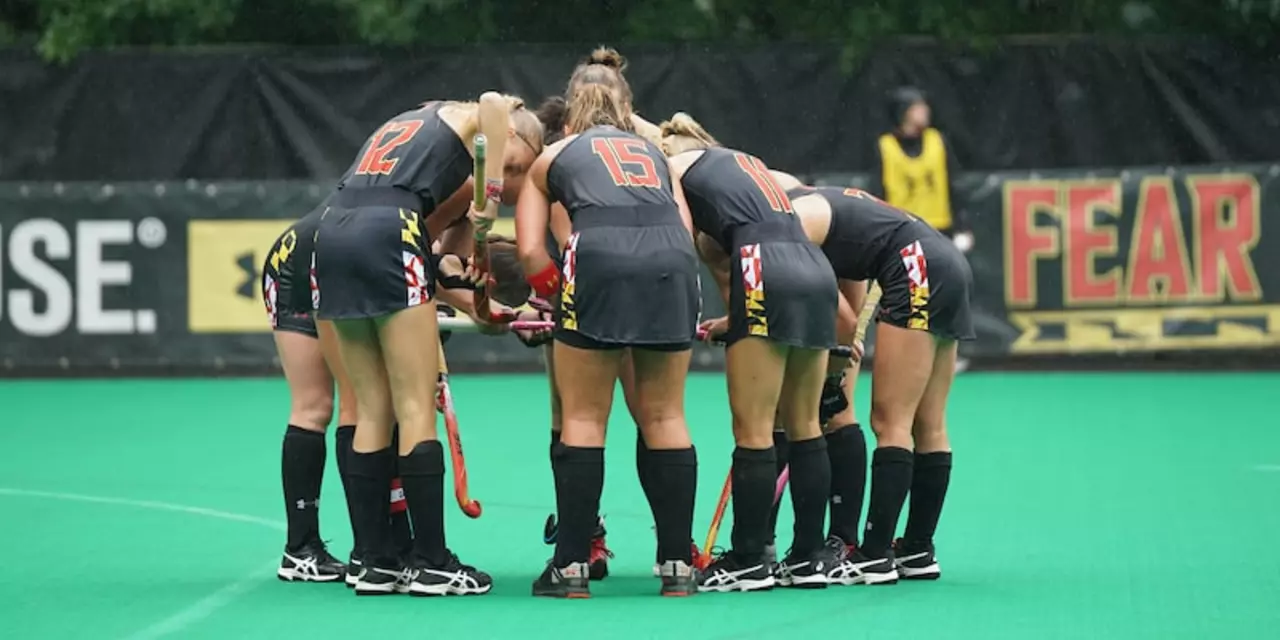Hockey Rules Explained – Your Quick Guide
Ever watched a game and wondered why a player got a penalty for a simple move? Or why some fights never happen in the Olympics? Below you’ll find the most asked‑about rules broken down in plain English. No jargon, just the facts you need to follow the action on the ice.
The A Badge – What It Really Means
The letter “A” on a player’s jersey isn’t just for show. It stands for Alternate Captain. When the team captain is off the ice or needs a break, the A‑badge holder steps in to talk with referees and keep the crew organized. It’s a sign of respect, usually given to a veteran who leads by example. If you see a player with an A, know they’re a second‑in‑command and often the voice you’ll hear during a timeout.
Stick Checks – How to Defend Without Penalties
A stick check is a defensive move where you use your stick to knock the opponent’s stick away, or to poke the puck from their control. The key is timing and placement – you want to hit the stick, not the player’s hands or body. A clean stick check can win you the puck and stop a dangerous shot. Miss it or hit too hard, and you risk a minor or major penalty. Practice the wrist motion and keep your blade low for the best results.
Many beginners think punching is part of hockey because it’s allowed in some leagues, but here’s the truth: punching is only permissible within very specific rules. In most organized play, a punch is a penalty and can lead to a game misconduct. The sport’s physical nature means body checks, not punches, are the norm. That’s why you’ll rarely see a full‑on brawl in the NHL, and it’s almost unheard of at the Olympic level.
Speaking of the Olympics, fights are exceptionally rare there. International rules prioritize skill and sportsmanship, and a fight can bring a severe suspension that could end a player’s Olympic run. The last notable altercation was in the 1960 USA vs. USSR matchup, but even that stayed under the radar compared to NHL scuffles.
Another rule that confuses new fans is the off‑side and icing calls. Off‑side means the attacking player entered the offensive zone before the puck crossed the blue line. Icing is called when a player shoots the puck from behind the center line across the opponent’s goal line without it being touched. Both rules keep the game flowing and prevent endless dump‑ins.
If you’re wondering whether hockey is only for northerners, the short answer is no. The sport’s growth in warmer climates shows that ice rinks and community programs can bring the game to anyone willing to lace up skates. The fundamental rules stay the same, whether you play in Maine or a sun‑soaked city.
So, next time you watch a game and see a player get a “two‑minute minor” for a high‑stick, you’ll know exactly why. The rules exist to protect players, keep the game fair, and let skill shine. Keep this guide handy, and you’ll never feel lost on the ice again.

How is field hockey played?
Field hockey is a team sport played on a rectangular field. Players use hockey sticks to pass and shoot a hard plastic ball into the opposing team's goal. The game consists of two halves of 35 minutes each, and teams are made up of 11 players including a goalkeeper. The ball may not be touched with the hands, and the team in possession of the ball is allowed to pass the ball around the field to score a goal. The team defending the goal may not use their feet to stop the ball, instead they must use their hockey stick. The team with the most goals at the end of the game wins.
View More